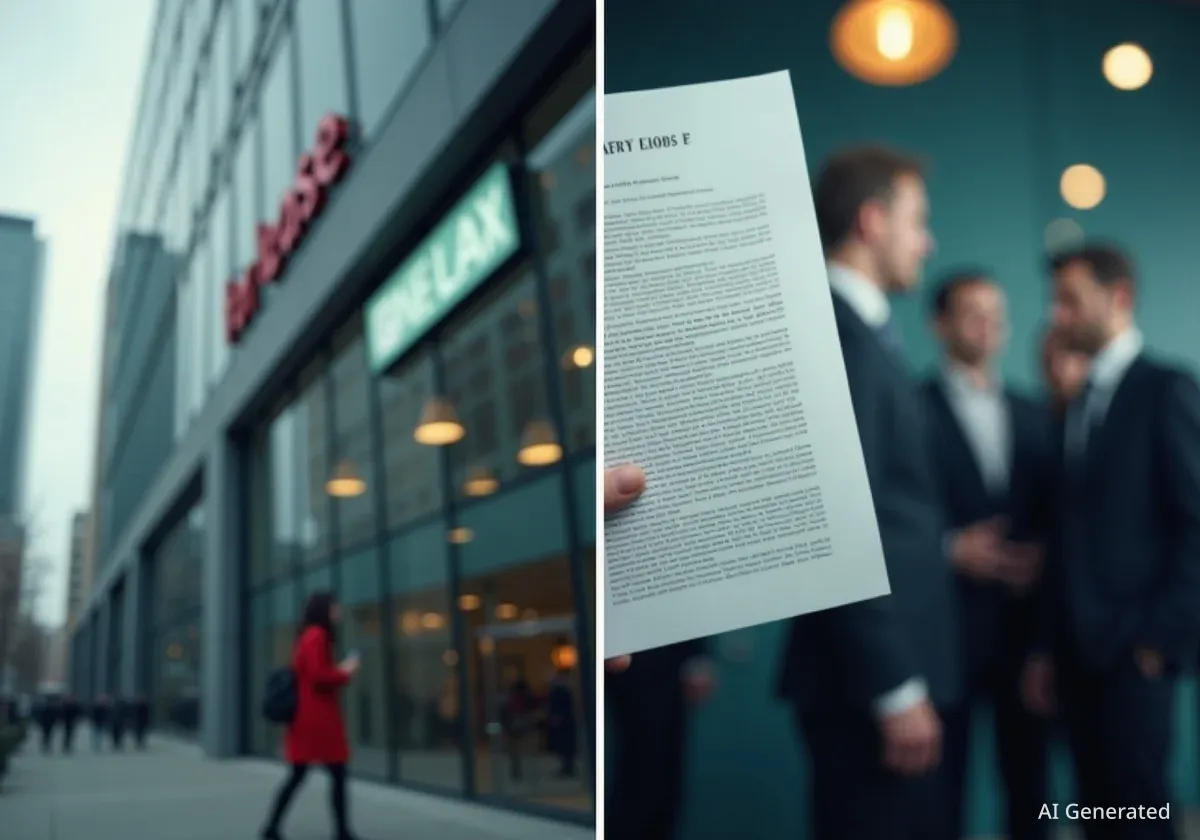The insurance landscape for real estate and hospitality is undergoing a significant transformation, marked by a split between a softening property market and a hardening liability sector. While property insurance rates are becoming more competitive for well-managed assets, rising litigation costs and new environmental risks are creating complex challenges for liability coverage, forcing businesses to adopt more sophisticated risk management strategies.
Key Takeaways
- The property insurance market is softening, with increased capacity and rate decreases for high-quality portfolios, especially those not exposed to major catastrophes.
- Liability insurance costs are rising due to increased litigation, large court verdicts, and new coverage exclusions from insurers.
- Secondary perils like wildfires, floods, and severe storms are becoming a primary driver of property insurance losses, costing the industry tens of billions annually.
- Businesses are increasingly turning to specialized insurance policies for risks like cybercrime, environmental liability, and assault, as general policies become more restrictive.
- Proactive risk management, including robust data sharing and early renewal discussions, is critical for securing favorable insurance terms in the current market.
A Tale of Two Markets: Property vs. Liability
The real estate and hospitality sectors are navigating a complex and evolving risk environment. Factors such as fluctuating office attendance, inflation, and high interest rates continue to shape the industry. This has created a divided insurance market, where conditions for property and liability coverage are moving in opposite directions.
For property insurance, the market is showing signs of softening as 2026 approaches. Insurers have ample capacity and are competing for business, leading to more favorable conditions for buyers. In contrast, the liability market is hardening, with insurers growing more cautious due to escalating legal and operational risks.
Property Insurance Sees Increased Competition
After several challenging years, a competitive landscape has returned to the property insurance market. There is now significant capacity available, and insurers are actively seeking to deploy capital for what they consider quality risks.
Well-managed properties with strong safety records and minimal exposure to natural disasters can expect flat to single-digit rate decreases at their next renewal. According to industry analysis, many buyers are even securing double-digit reductions. The key to accessing these benefits is providing clear, high-quality data on property valuations and risk controls.
However, insurers are less enthusiastic about portfolios with incomplete information or adverse loss histories. These buyers may still face pricing pressure and be asked to retain more risk themselves.
Growing Real Estate Asset Classes
Investor interest is currently focused on several high-growth real estate segments, each with unique risk profiles:
- Data Centers
- Multifamily and Industrial Developments
- Senior and Student Housing
- Hotels and Warehouses
The Rising Threat of Secondary Perils
While the overall property market is improving for some, not all news is positive. Insurers are increasingly concerned about losses from what are known as “secondary” perils. These events, which include wildfires, floods, and severe convective storms, are becoming more frequent and severe.
These perils are driving carrier losses in ways that past models did not fully anticipate. According to the National Oceanic and Atmospheric Administration, 2024 saw 27 separate billion-dollar disasters, resulting in nearly $183 billion in economic damage, making it the fourth-costliest year on record.
Severe Storms and Floods Drive Losses
Severe convective storms (SCS), which include thunderstorms with hail and high winds, have become a major source of insured losses. Swiss Re reported that SCS events accounted for at least $31 billion in insured losses in the first half of 2025 alone, continuing a trend of record-setting damage from 2023 and 2024.
Flood risk is also a significant and widespread concern. A flood event in central Texas in July 2025 was a stark reminder of this exposure, causing an estimated $18 billion to $22 billion in economic losses, according to AccuWeather. The event highlighted how extreme weather can affect unexpected locations and the severe consequences of being underinsured.
A Shifting Market Dynamic
Despite a record $40 billion in insured losses from major fires in January 2025, according to Swiss Re, property insurance carriers are still aggressively competing for well-managed risks. This indicates a strong market appetite for quality business, even amid significant catastrophe losses.
Wildfire risk also remains a major challenge, particularly for properties in California, Colorado, and other remote areas of the West Coast. Insurers find these risks difficult to underwrite, making coverage difficult to procure in certain regions.
Liability Coverage Challenges Intensify
While property owners may find some relief, the liability insurance market presents a growing set of challenges. Owners, developers, and managers are facing capacity constraints, rising costs, and a wave of new coverage exclusions from insurers.
This is particularly true for hospitality, habitational, and entertainment-related properties. The primary drivers of this trend are litigation pressures and what is known as social inflation, where the cost of claims rises faster than general economic inflation.
Litigation and "Nuclear Verdicts"
A major factor driving up liability costs is the rise of “nuclear verdicts”—jury awards valued at $10 million or more. These large verdicts, often fueled by third-party litigation funding (TPLF), have made insurers more risk-averse.
"Previously, $25 million layers from a single insurer for excess casualty programs were standard, but that is no longer the case. Casualty insurers have reduced their capacity offerings to $15 million or $10 million."
In response to these financial pressures, some insurance buyers are opting to purchase less excess coverage to manage costs. This strategy, however, leaves them more exposed to large lawsuits.
There is some hope on the horizon from tort reform. New laws in Florida and Georgia aim to curb excessive litigation, and several other states, including Texas and Louisiana, are considering similar measures. However, experts caution that it will take several years for the effects of these reforms to be felt in the insurance market.
New Coverage Exclusions Emerge
Insurers are also limiting their exposure by implementing new exclusions in liability policies. These exclusions can create significant coverage gaps for real estate businesses. Common new exclusions apply to:
- Per- and polyfluoroalkyl substances (PFAS), also known as “forever chemicals”
- Mold and Legionella bacteria
- Sexual abuse and molestation (SAM)
- Assault and battery (A&B)
These exclusions can create conflicts with lenders like Freddie Mac and Fannie Mae, who may not accept policies with such limitations for the loans they securitize. This can complicate deal structures and timelines for property owners.
Specialized and Management Liability Trends
To address the gaps left by traditional liability policies, many businesses are turning to stand-alone, specialty coverages. Policies for environmental liability, active assailant events, and SAM/A&B are becoming essential for comprehensive risk management.
In the area of management liability, which includes Directors and Officers (D&O) and Employment Practices Liability (EPL), the market is generally competitive. However, private real estate firms with complex ownership structures often face more scrutiny from underwriters.
The cyber insurance market remains competitive, with many buyers seeing modest rate decreases. However, a key risk for real estate is invoice manipulation fraud, as numerous parties are often involved in transactions. Businesses must ensure their cyber policies are structured to cover these specific risks, as standard forms may have gaps.
Navigating the Market Successfully
To obtain the best possible coverage in this complex market, experts recommend a proactive approach. Businesses should begin renewal discussions with their brokers at least 120 days in advance.
Leveraging analytics, such as catastrophe modeling and valuation benchmarking, can help in negotiating better terms. It is also crucial to highlight risk mitigation efforts, including effective loss control programs and proactive litigation strategies. By demonstrating a commitment to managing risk, real estate and hospitality firms can position themselves to achieve more favorable outcomes in a challenging insurance environment.





